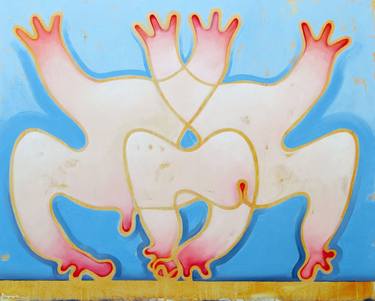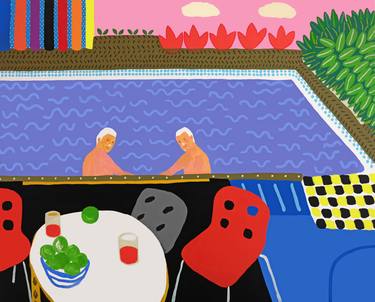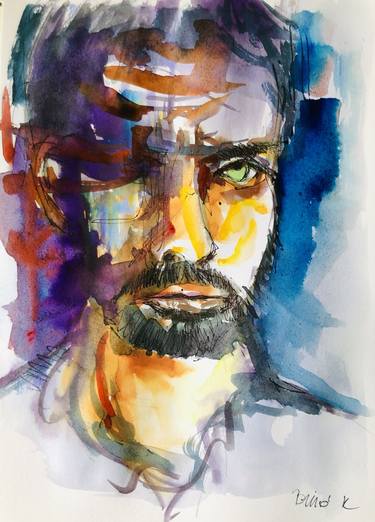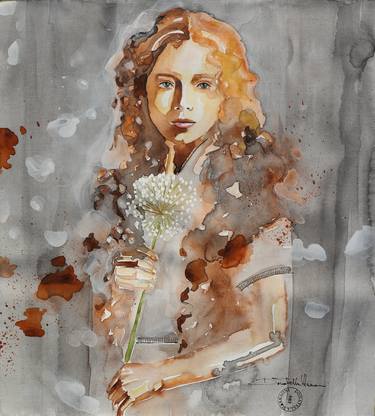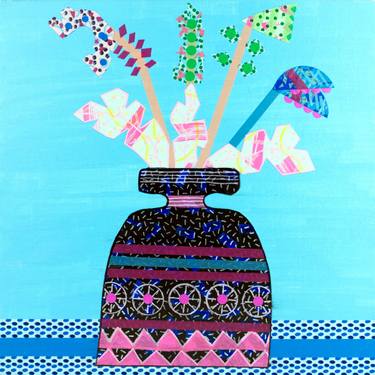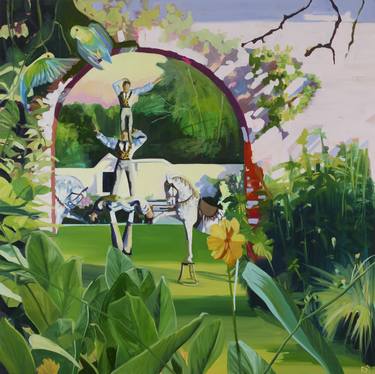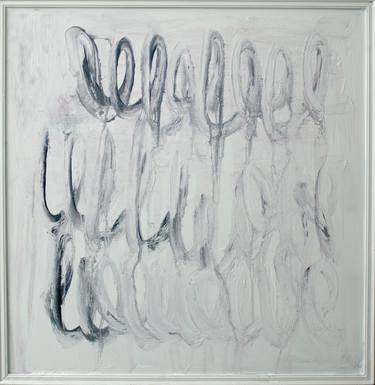- All Artworks
- Paintings
- Illustration
Illustration Paintings For Sale
Browse art and see similar matches
Try Visual Search
Category
Filter (1)
Filter
Category
Style
Subject
Medium
Material
Price
Size
Orientation
Color
Artist Country
Featured Artist
Paintings, 72 W x 42 H x 1 D in
United States
$6,400
Prints from $91
Paintings, 36 W x 30 H x 0 D in
United States
$2,170
Prints from $100
Paintings, 11 W x 14 H x 0.7 D in
United States
$495
Prints from $100
Paintings, 5.9 W x 8.3 H x 0.4 D in
Hungary
$199
Prints from $80
Paintings, 31.5 W x 21.7 H x 1.2 D in
Ukraine
$2,350
Prints from $50
Paintings, 5.9 W x 8.7 H x 0.4 D in
Hungary
$185
Prints from $80
You're my Queen, I'm your Fool
Paintings, 35.8 W x 47.6 H x 1.6 D in
Italy
$2,710
Elon Musk reigns as King of Hearts
Paintings, 41.3 W x 63 H x 1.2 D in
United States
$5,700
Paintings, 15.9 W x 18.9 H x 0 D in
Ireland
$510
Prints from $100
Paintings, 28 W x 22 H x 0 D in
United States
$1,300
Prints from $100
ABSOLUTELY ORDER AND NORMALITY I
Paintings, 37.4 W x 16.5 H x 0 D in
United Kingdom
$450
The Adventures of Tom Sawyer illustration
Paintings, 20 W x 30 H x 0 D in
United States
$565
Prints from $95
Paintings, 7.1 W x 9.8 H x 0.4 D in
Hungary
$230
Prints from $80
Paintings, 15.2 W x 11.4 H x 0.9 D in
Japan
$790
Paintings, 15.7 W x 19.7 H x 0 D in
Spain
$860
Prints from $100
Paintings, 25.6 W x 19.7 H x 0.1 D in
Poland
$845
Prints from $264
Paintings, 5.5 W x 8.3 H x 0.4 D in
Hungary
$180
Prints from $80
Paintings, 15 W x 22.4 H x 0.4 D in
Israel
$650
Prints from $100
Paintings, 36.2 W x 28.7 H x 0 D in
France
$2,210
Prints from $40
Paintings, 16 W x 17 H x 0.5 D in
United States
$880
Prints from $100
Paintings, 60.2 W x 48 H x 0.8 D in
United Kingdom
$18,750
Prints from $80
Paintings, 11.8 W x 15.7 H x 0.8 D in
North Macedonia
$399
Prints from $81
Paintings, 11 W x 14 H x 0.1 D in
United States
$495
Prints from $100
Paintings, 19.7 W x 25.6 H x 0.2 D in
Bulgaria
$660
Prints from $61
Paintings, 51.2 W x 68.9 H x 2 D in
Mexico
$5,950
Prints from $87
Warrior (spontaneous portraits)
Paintings, 6.7 W x 9.4 H x 0 D in
Hungary
$290
Prints from $60
Paintings, 17 W x 22 H x 0.1 D in
United States
$765
Prints from $40
Paintings, 6.2 W x 8.6 H x 0.9 D in
South Korea
$300
Paintings, 35.4 W x 35.4 H x 1.2 D in
Israel
$4,350
Prints from $49
Paintings, 19.7 W x 23.6 H x 0.8 D in
United Kingdom
$2,040
Prints from $49
Paintings, 15.7 W x 17.7 H x 0 D in
Italy
$860
Prints from $100
Paintings, 11.8 W x 15.7 H x 0 D in
Hong Kong
$580
Prints from $40
Paintings, 24 W x 24 H x 1 D in
United Kingdom
$1,580
Paintings, 11.8 W x 11.8 H x 0.1 D in
United Kingdom
$1,040
Prints from $78
Paintings, 59 W x 92 H x 1.5 D in
South Korea
$5,550
Paintings, 11.8 W x 11.8 H x 0 D in
Italy
$300
Prints from $40
Paintings, 63 W x 51.2 H x 0 D in
France
$4,210
Prints from $61
Paintings, 47.2 W x 47.2 H x 1.6 D in
United Kingdom
$5,230
Paintings, 30 W x 48 H x 1.5 D in
United States
$1,110
Prints from $96
Paintings, 40 W x 30 H x 1.5 D in
United States
$2,670
Prints from $100
Paintings, 17.7 W x 23.6 H x 0.8 D in
United Kingdom
$4,550
Prints from $80
Paintings, 22 W x 22 H x 1 D in
Canada
$510
Prints from $40
Quiet Contemplation, Series 30 #17
Paintings, 20 W x 16 H x 1.5 D in
United States
$1,180
Paintings, 15 W x 20.1 H x 0.4 D in
Ireland
$430
Prints from $100
Paintings, 19.7 W x 23.6 H x 0.8 D in
Belgium
$1,630
Prints from $60
Paintings, 11.8 W x 11.8 H x 0.1 D in
United Kingdom
$1,280
Prints from $70
Paintings, 39 W x 29.5 H x 1.5 D in
Australia
$2,020
Prints from $80
Paintings, 20 W x 20 H x 1 D in
United States
$1,400
Prints from $100
Paintings, 12 W x 12 H x 0.8 D in
United States
$970
Prints from $79
Original painting of Ghigi Pheasant, 2014
Paintings, 40.9 W x 11.4 H x 0.1 D in
Ireland
$940


















